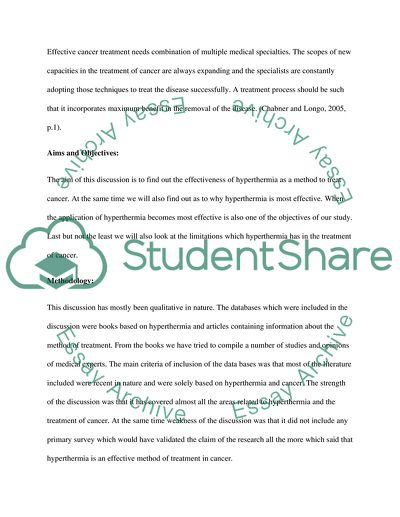Cite this document
(“Hyperthermia Treatment for Cancer Research Paper”, n.d.)
Hyperthermia Treatment for Cancer Research Paper. Retrieved from https://studentshare.org/health-sciences-medicine/1725933-hyperthermia-treatment-for-cancer-literature-review
Hyperthermia Treatment for Cancer Research Paper. Retrieved from https://studentshare.org/health-sciences-medicine/1725933-hyperthermia-treatment-for-cancer-literature-review
(Hyperthermia Treatment for Cancer Research Paper)
Hyperthermia Treatment for Cancer Research Paper. https://studentshare.org/health-sciences-medicine/1725933-hyperthermia-treatment-for-cancer-literature-review.
Hyperthermia Treatment for Cancer Research Paper. https://studentshare.org/health-sciences-medicine/1725933-hyperthermia-treatment-for-cancer-literature-review.
“Hyperthermia Treatment for Cancer Research Paper”, n.d. https://studentshare.org/health-sciences-medicine/1725933-hyperthermia-treatment-for-cancer-literature-review.


